


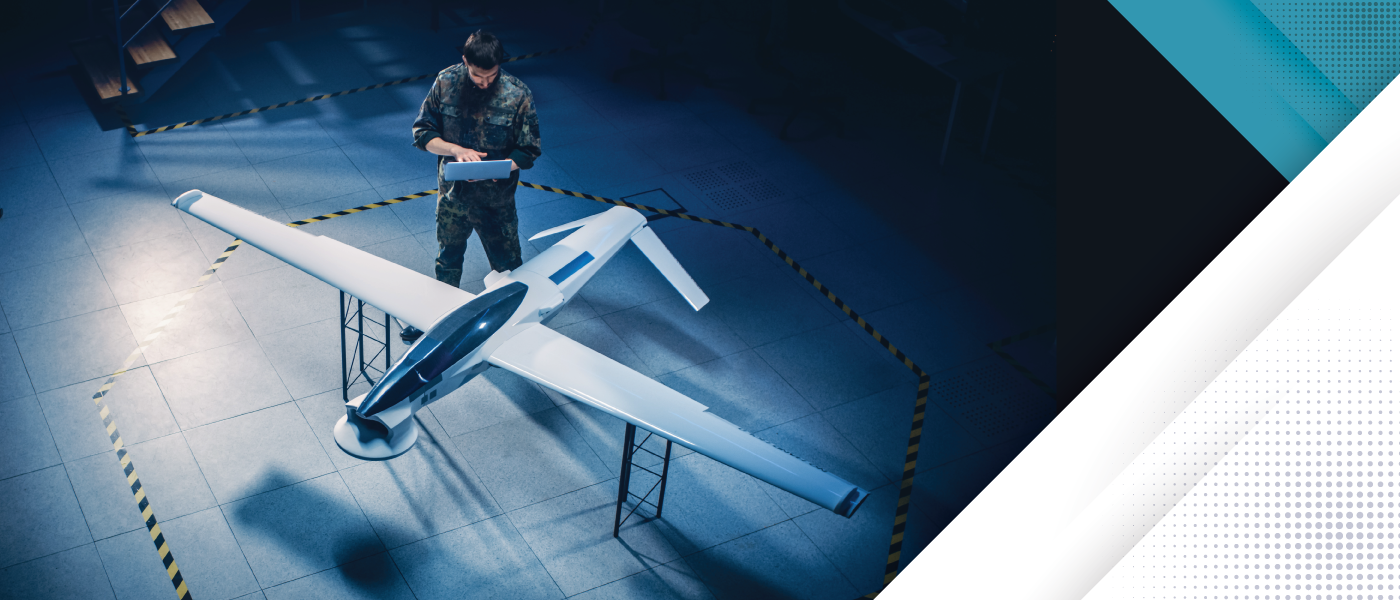
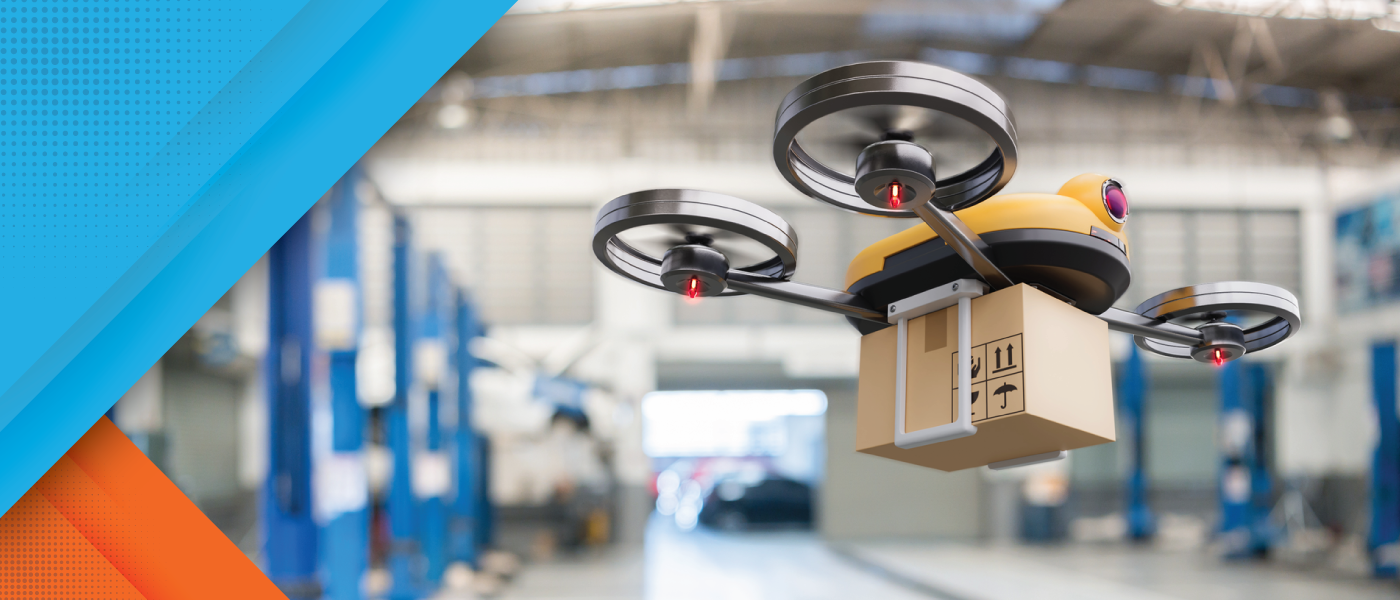

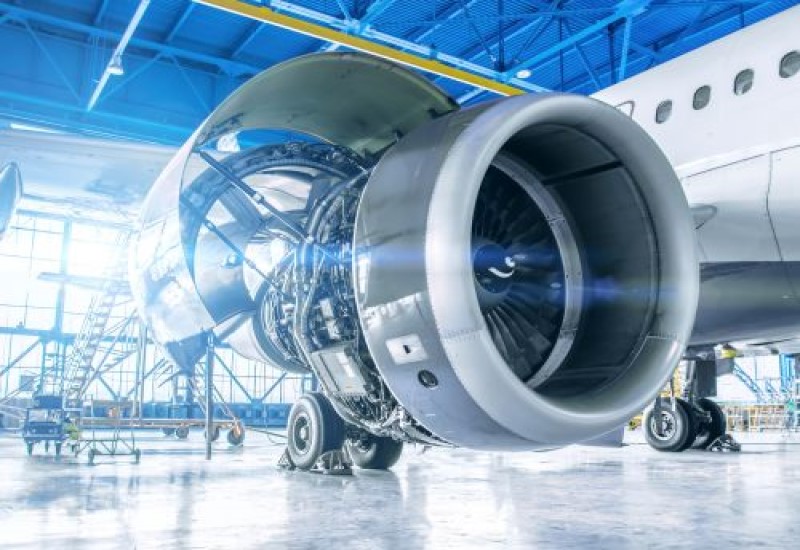
What are the size and state of this sector, and how is it impacted by COVID-19? What are the significant drivers and restraints? Who are the key vendors, and how well are they positioned in the competitive landscape? Which major growth opportunity areas can suppliers explore?
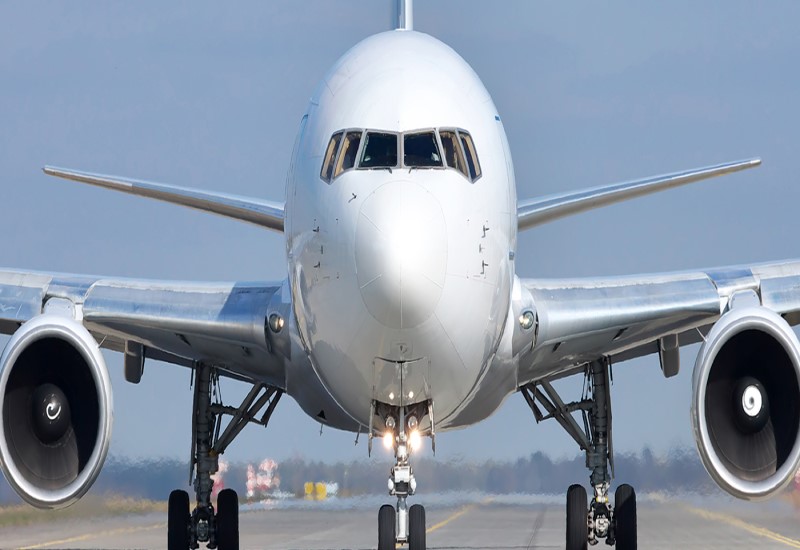
Why will IT/OT convergence transform various industrial sectors? How are enterprises prioritizing edge computing to place the computer resources on-premises and closer to endpoints? Explore the adoption of nascent next-generation technologies to address several industry challenges.
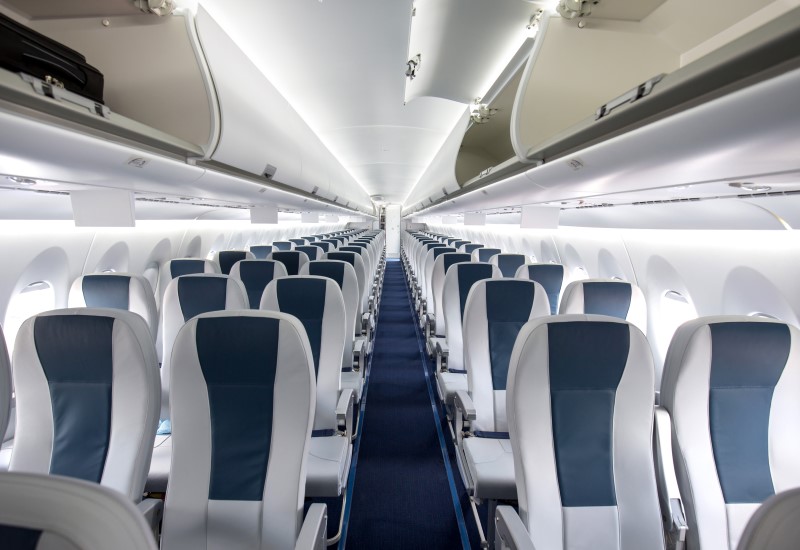
What are the arguments for and against the implementation of first-class cabins in aircraft? Which considerations do passengers analyze during itinerary selection? Examine the impact of investments in strategies and innovations on brand reputations. Also, identify the key best practices.

Transform Your Organization with the Right Communications Technology Partner and Turn Challenges into Opportunities
Disruption is not only unavoidable; it’s quite simply the “new normal.” Communications technology advancements, coupled with socio-demographic shifts such as the growing proportion of digital natives among consumers and the workforce, have transformed entire industries for the past couple of decades. However, it wasn’t until the recent pandemic that business models were disrupted on a massive scale. The widespread move to remote and hybrid workstyles wreaked havoc but created opportunities for organizations to rethink the way they operate and serve customers. Digital technology adoption skyrocketed in the past three years as business leaders strove to maintain worker productivity and effective customer engagement across expanded physical distances.
Schedule a dialog or email us at myfrost@frost.com to connect with an industry expert at no charge. We are taking unprecedented action to make our team available to help you cut through the media and politics to get factual one-to-one guidance for the issues and opportunities that matter most to your business.

Explore adjacent participation in this sector via M&As, collaborations, and more
Read more Request Info
What are the budget requests and contracts for analysis, procurement, and services?
Read more Request Info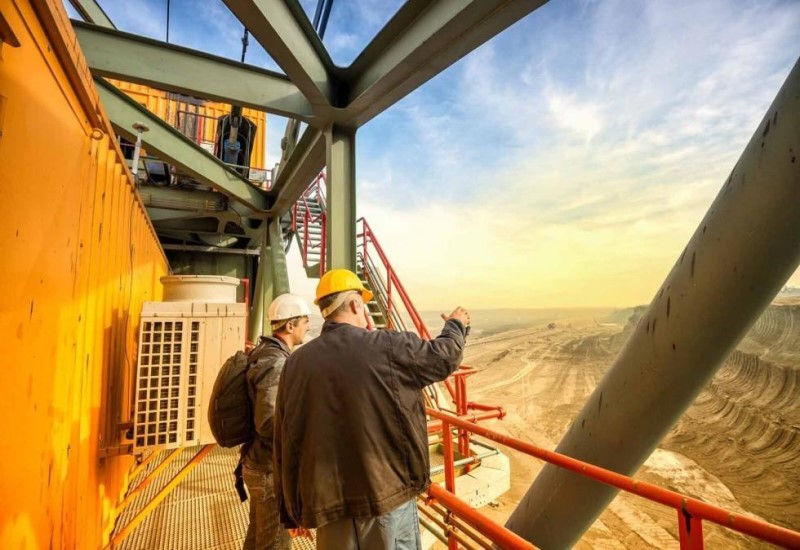
Analyze the main types of hardware segments like multirotor and fixed-wing drones
Read more Request Info
How will the push for data interoperability and network modernization drive growth?
Read more Request Info
What are the prominent program funding priorities and environmental activities?
Read more Request Info
How are terrestrial radars, automatic identification, and earth observatory systems used?
Read more Request Info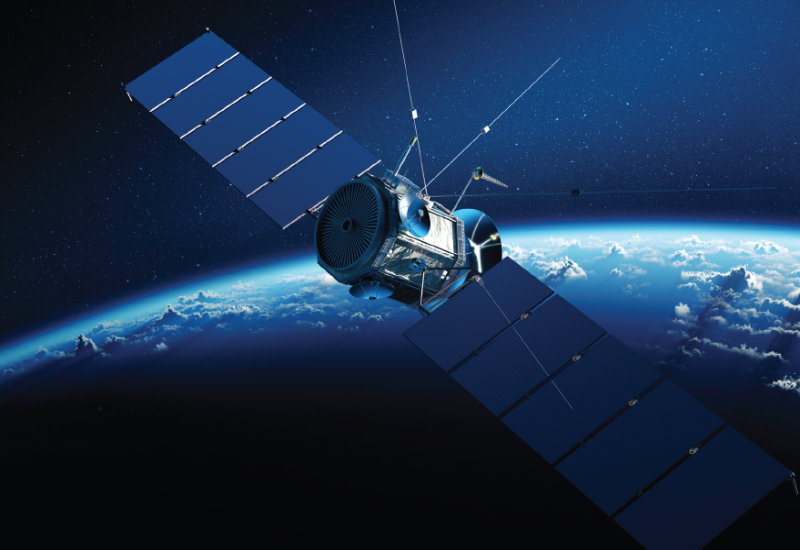
Who are the top competitors in this sector, and what are the critical service areas?
Read more Request Info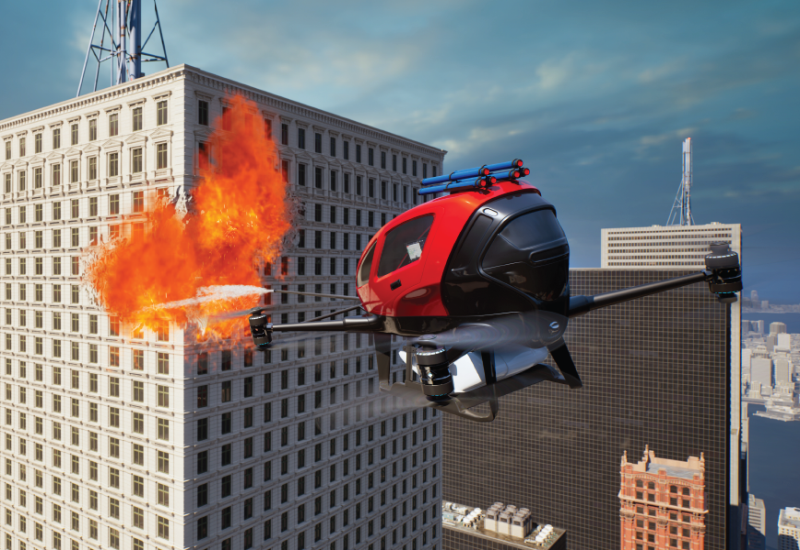
How can you effectively use technology to prevent, suppress, and recover from wildfires?
Read more Request InfoThe US Federal Aviation Administration (FAA) recently proposed regulations that would cover operations of passenger electric vertical take-off and landing (eVTOL) aircraft. The regulation, which is likely to come into effect in mid-2023, will provide a fillip to commercial air taxi operations, which are likely to launch by 2024-2025. Autonomous eVTOL cargo drones are already in use for middle-mile delivery logistics operations.
Read more
Enterprise CISOs face a daunting challenge in managing cybersecurity for their organization. But those who start with a discovery audit, define connectivity methods, and set security objectives take the first steps toward aligning business priorities with cybersecurity. That sets them up for success and facilitates the business considerations of a cloud ZTA solution.
Read more
According to the World Economic Forum (WEF) Global Risk Report 2020, cyberattacks are ranked as the second greatest risk for businesses globally for the next 10 years. It is a major concern for cybersecurity and business heads tasked to protect the organisation and its reputation. This is not a sudden spike that was noticed; instead, it confirms a pattern over the past few years where cyber risks consolidated their position alongside environmental risks and climate change in the high-impact, high-likelihood quadrant of the WEF report.
Read more
Recently, Frost & Sullivan analyzed the development and operations (DevOps) security industry and, based on its assessment results, recognizes Checkmarx with the 2022 Global Company of the Year Award. Checkmarx, a global software and application security (AppSec) provider, offers software exposure platforms and integrates software security technologies into DevOps. The company adopts software security technologies through a single AppSec platform called Checkmarx One™ to manage and monitor security risks across all types of modern software, such as proprietary code, open source, application programming interfaces, and infrastructure as code (IaC). Checkmarx’s unified platform provides visibility, integration, and a comprehensive approach to managing risks while accelerating development, delivery, and deployment timelines across all the development life cycles.
Aerostructure suppliers are collaborating with technology companies to propel the aircraft aerostructures sector by leveraging cutting-edge technologies, according to Frost & Sullivan’s recent analysis of the global commercial aircraft aerostructures industry. The move improves business operations and opens new aftermarket opportunities for aircraft original equipment manufacturers (OEMs). The global landscape for commercial aircraft aerostructures is expected to grow at an 8.4% compound annual growth rate to $109.06 billion by 2032, up from $45.40 billion in 2021.
Satellite propulsion is vital to the successful operation of satellites as it is used to produce thrust for orbit insertion, position control, station keeping, and other in-orbit maneuvers. According to Frost & Sullivan’s recent report, Global Satellite Propulsion Solutions Sector, commercial and private end-user satellite constellations generate a steady demand for propulsion systems because they provide communications and satellite imaging. The industry is expected to reach $216.32 billion by 2031, up from $93.33 billion in 2021, representing an impressive 8.7% compound annual growth rate (CAGR).
Read more